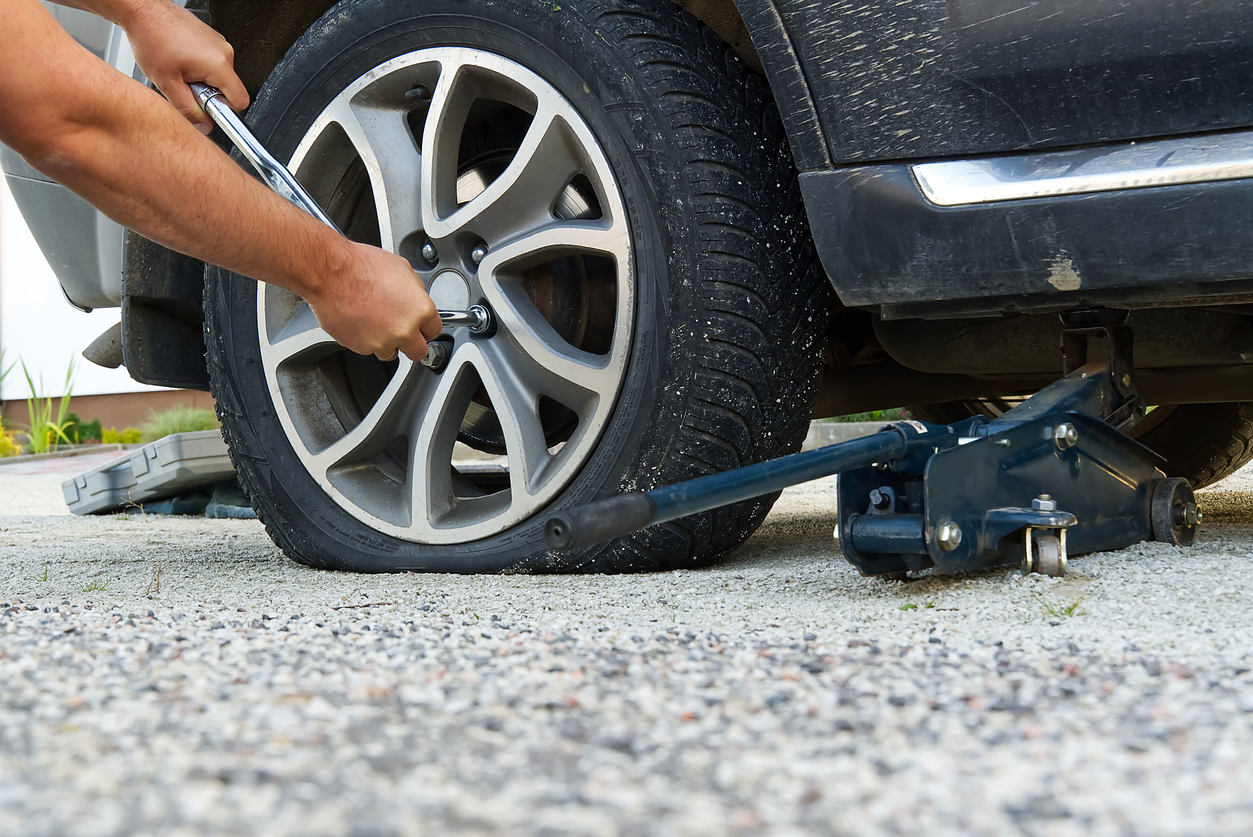The Dangers of Driving With Worn Tires

It’s often stated that the things that separate you from the ground – like your shoes and your mattress – are worth spending extra money on. Car tires certainly fall under this category as well. Perhaps one reason for this old adage is that skimping out on these products has especially severe drawbacks.
Regardless of where you’re located in the country, you stand a greater risk of an accident if you drive with worn-out tires. You might also be putting others at risk. But how do you know when your tires are unsafe, and how do you choose suitable rubber for your car? This blog post will answer those questions and will also cover several related topics.
A Brief Overview of Car Tire Options
Choosing the correct type of tire for your car is crucial. If you have the wrong kind of tires on your car for the conditions you’ll be dealing with, whether your tires are worn-out might not even come into play. There are four overarching types of car tires, which are:
-
- All-season tires are meant to work in a wide range of weather conditions and generally last many, many miles.
- Summer tires are performance-oriented tires that work best in dry conditions and may not last an extended period of time.
- Performance all-season tires perform slightly better than all-season tires at the expense of some longevity.
- Winter tires are suitable for snowy or icy conditions.
You’ll also need to select the appropriately-sized tire for your vehicle. Many drivers who live in areas with distinct weather seasons opt for two sets of tires (such as one set of all-season tires and then a set of winter tires), but this might not be necessary depending on where you live or the way in which you make use of your car.
How Can I Tell When My Car Tires Are Worn Out?
In general, tires are worn out when there is 2/32 of an inch left in their tread. Experts also recommend at least having your tires inspected (if not replaced) after six years, regardless of any other considerations. Another criterion is that most tires should be replaced roughly every 50,000 miles. However, there is no “one size fits all” determination when it comes to finding out whether your tires are sufficiently worn out. Many factors go into how fast a tire wears out, including but not limited to:
- Proper tire maintenance, including regular tire rotations and keeping them properly filled with air
- How aggressive of a driver you are, insofar as how often you accelerate especially quickly or slam the breaks with significant force
- How often you drive the vehicle, and the types of weather conditions you drive in
- The type and quality of the tires themselves
With this information in mind, the best way to know whether your tires are unsafe to drive with is to have them inspected by a professional. If possible, you might reach out to the shop where you purchased the tires, as many will inspect them for you for free. In addition, many auto shops offer free tire rotations if you had previously purchased your tires from them.
Common Types of Car Accidents Caused by Worn Tires
Car accidents due to worn-out tires can take place at any time of year but are likely most common in the winter months because of the increased risk of snow and ice. Some of the more common types of car accidents that can result include the following:
- Single-vehicle crashes
- Multi-vehicle pileups
- Accidents at intersections
- Jackknife truck accidents
- T-bone car accidents
- Rear-end collisions
- Highway accidents
You’ll go a long way to help prevent these sorts of car crashes by ensuring your vehicle’s tires have proper tread.
Fresh Tires Can Help You Stay Safe on the Road
When it comes to car tires, it is generally best to err on the side of caution. That means having your tires inspected regularly (as often as you have them rotated is a framework to consider) and having the right kind of tires for the conditions you’ll be presented with.
Traffic accidents occur regularly throughout the country, and you’ll be doing your part to help everyone stay safe by keeping (the right kind of) rubber on the pavement.
Do you have questions about road safety in your city?, Contact us and we’ll get back to you.
